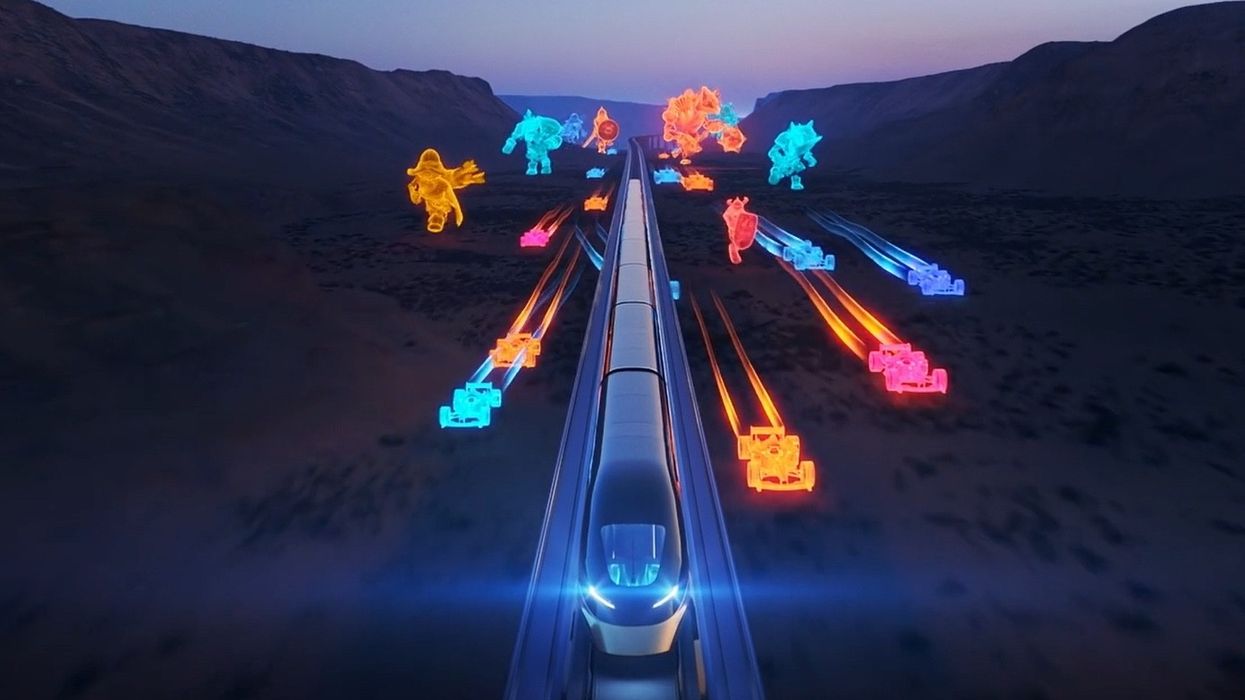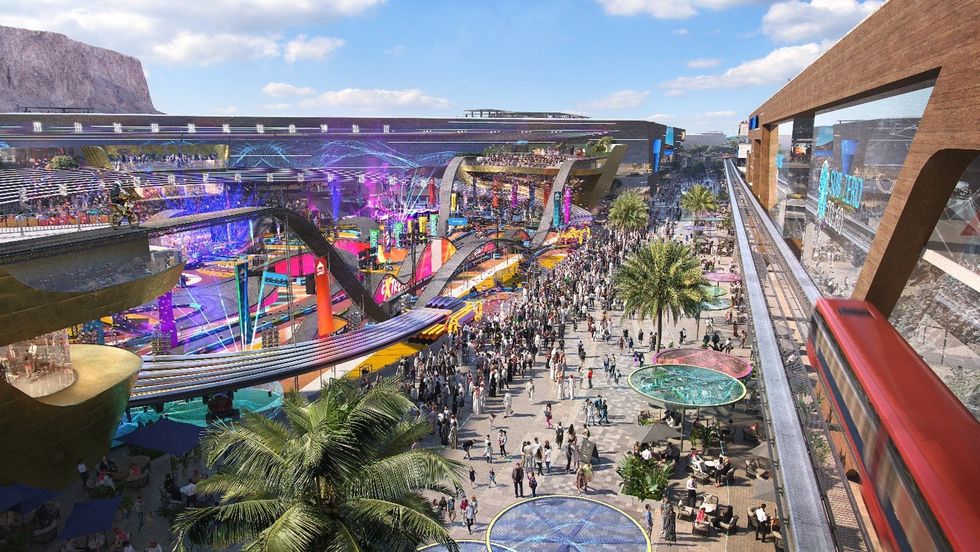Journey, a global design and innovation studio pioneering multidimensional experiences (MDX), has shared some insights to help explain the term multidimensional design.
Introducing the concept, the firm says: "Design has never been a one-dimensional pursuit. We don’t just consume content; we create and inhabit it. We don’t just patronize brands; we interact with them in a rich, polyvalent ecosystem. We don’t live in one dimension. So why should we design for one?
"Fortunately, there’s a design approach that embraces the complexity and fluidity of contemporary life. This approach bridges the gap between thought and thing. We call it MDX, or multidimensional design."
What is MDX?
MDX, says Journey, formalises nameless design methods used worldwide for years. Product designers have long accepted that personal technology should please the senses with forms and materials that enhance its primary utility. For instance, interior designers can use hospitality concepts to create a tranquil environment for patients and professionals in cancer clinics. MDX extends these dynamics to their logical end: multisensory, multimodal, multidimensional experiences that touch all realms of human interaction.
"MDX mirrors the complex, interconnected ways people approach experiences today: not as preformed vessels but as a series of tide pools, each sloshing with thoughts and sense-impressions. Every day, MDX challenges our understanding of design’s role in shaping human experience, and we’re better partners for it."
In the wild, MDX can power innovation, helping to create multidimensional experiences that unfold across physical, digital, human and chronological dimensions. For example, attractions like Meow Wolf ’s House of Eternal Return invite guests to feel, explore, play and learn by actively interacting with the environment around them. This approach fosters collaboration and cross-pollination by bringing together designers from diverse fields, including architects, UX professionals, and sound engineers.
MDX is also adaptive, revolutionising user interactions. Multidimensional experiences are personalised to preferences, behaviours, circumstances, and learning styles. Flexibility allows for a more personalised content experience and scalability across platforms and devices. Imagine a museum exhibit with multilingual viewpoints on a historical era. MDX creates comprehensive understandings of complex topics through AR, interactive displays, and tangible artefacts.
Journey also says that MDX can redefine space and time, as multidimensional experiences aren’t bound by physical space. This means events no longer need a specific place or time. People can watch football or enjoy a performance through VR headsets.
Of course, this raises questions—is a music festival still a music festival if it’s experienced on a gaming platform? Or does the sheer scale of millions of avatars and the sprawling digital landscape paradoxically lead to a sense of isolation? Effective MDX emphasises personal and physical qualities to engage the audience, whether one or 100,000.
Similarly, MDX is nonlinear. There’s no longer a single entry point for brand audiences, and MDX acknowledges the complexity of modern consumer behaviour and embraces it as an opportunity. It also allows fresh interpretations of seemingly linear, long-established experiences. MDX invites guests to choose their own adventure, allowing new connections to be made by places and brands.
However, MDX requires interdisciplinary expertise. MDX's capabilities and limits depend on its technologies—augmented reality, haptic feedback, spatial computing, virtual production, real-time engines, AI, and virtual twins. These technologies determine how users engage with a space and how it responds to them.
Storytellers, architects, game designers, AI experts, and creative technologists must collaborate to create an immersive experience. Their unique creative cultures, methodologies, and experiences provide a secret sauce for multidimensional experiences.
An MDX case study
Journey says that multidimensional design promises to make experiences more memorable and multi-sensory than those that came before.
A stand out project from Journey shows the power of MDX, where the visitor experience at the Empire State Building Observatory was redesigned through the lens of physical, virtual, digital and chronological dimensions. Before the project, Tripadvisor ranked the building’s observatory deck as the #7 tourist attraction in the US. However, after implementing an MDX design, the observatory became Tripadvisor’s #1 attraction in the US and globally. The building, location and skyline were unchanged, but the visitor experience was completely transformed.
MDX does not require lengthy engagements to achieve lasting impacts, according to Journey:
"It could begin by developing a playbook filled with ideas and tactics; an MDX best practice is to document the thought before the build. As you embrace MDX, realize it requires leadership and working teams to embrace the humanity in themselves and their customers — and the payoff can be dramatic. There’s nothing stopping you from being the #1 attraction in your industry and your markets.
"It’s only now that MDX is coalescing into an approach, but it’s already challenging us to expand our conceptions of time and space, and how to design effectively for both. New frameworks, plus specialized tools and platforms, must emerge.
"This moment demands interdisciplinary designers who can navigate the complex interplay between technology, strategy, art and narrative. It also requires bold partners who not only recognize that their consumers are changing, but who are willing to change with them. What emerges when all of them join forces is anyone’s guess, but MDX will light the path."
Charlotte Coates is blooloop's editor. She is from Brighton, UK and previously worked as a librarian. She has a strong interest in arts, culture and information and graduated from the University of Sussex with a degree in English Literature. Charlotte can usually be found either with her head in a book or planning her next travel adventure.
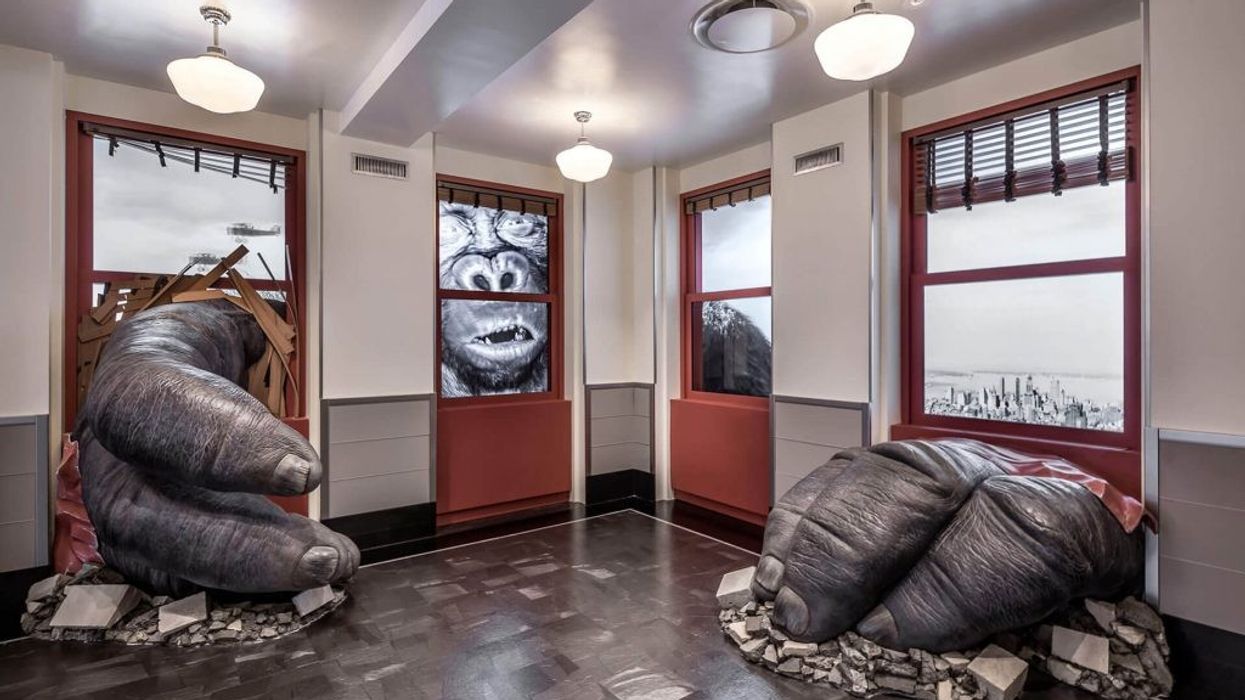

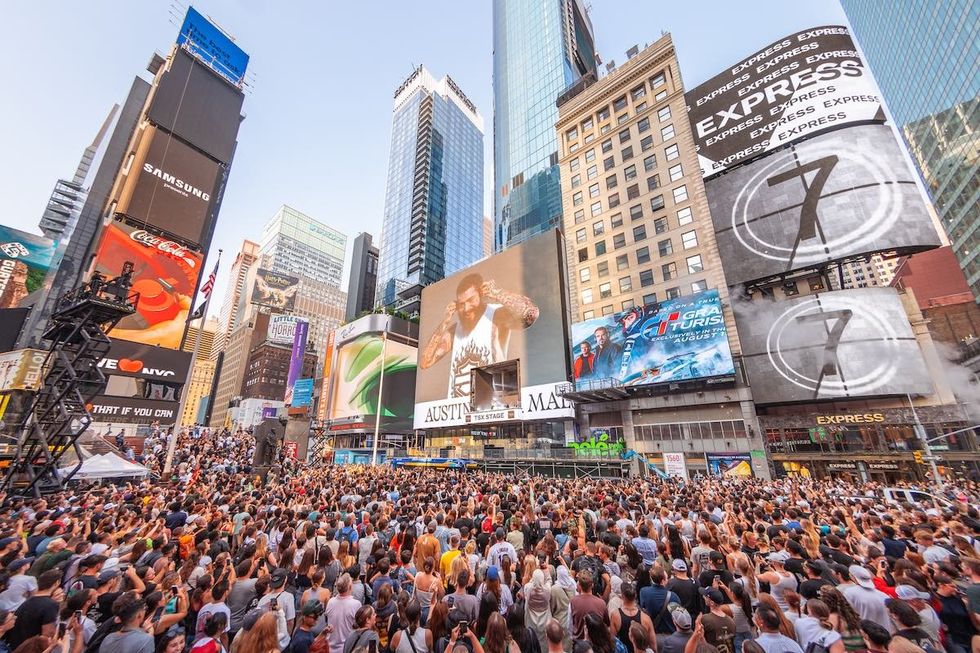


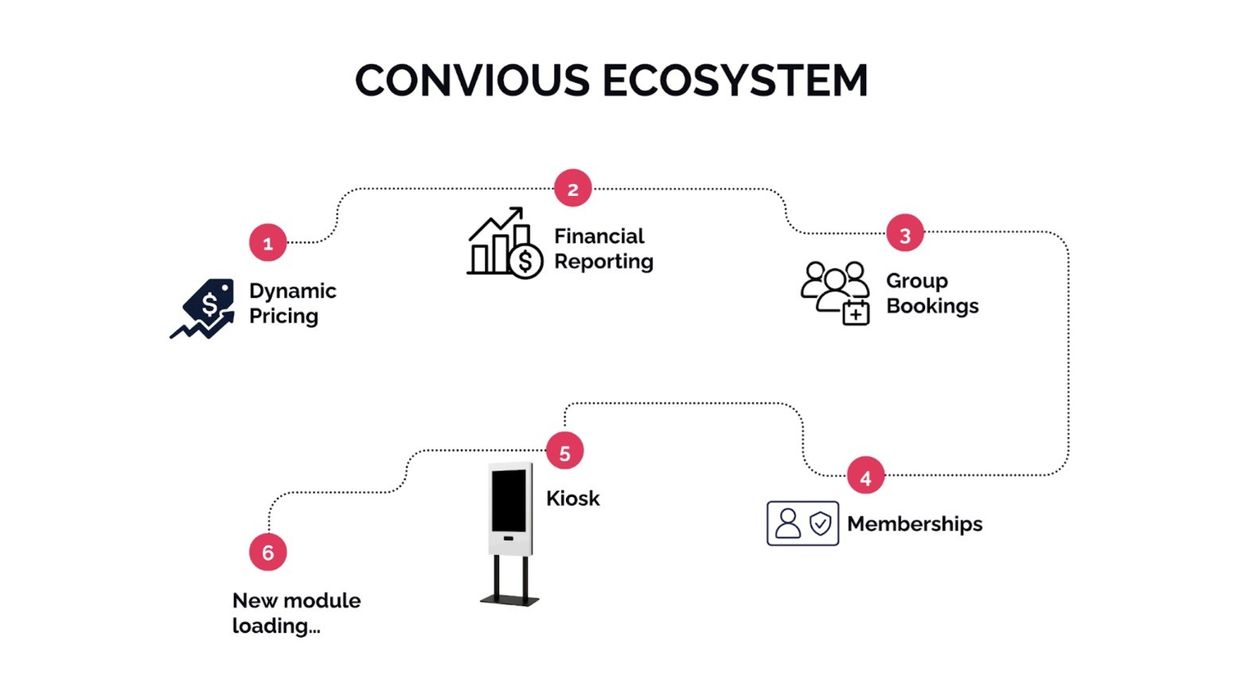


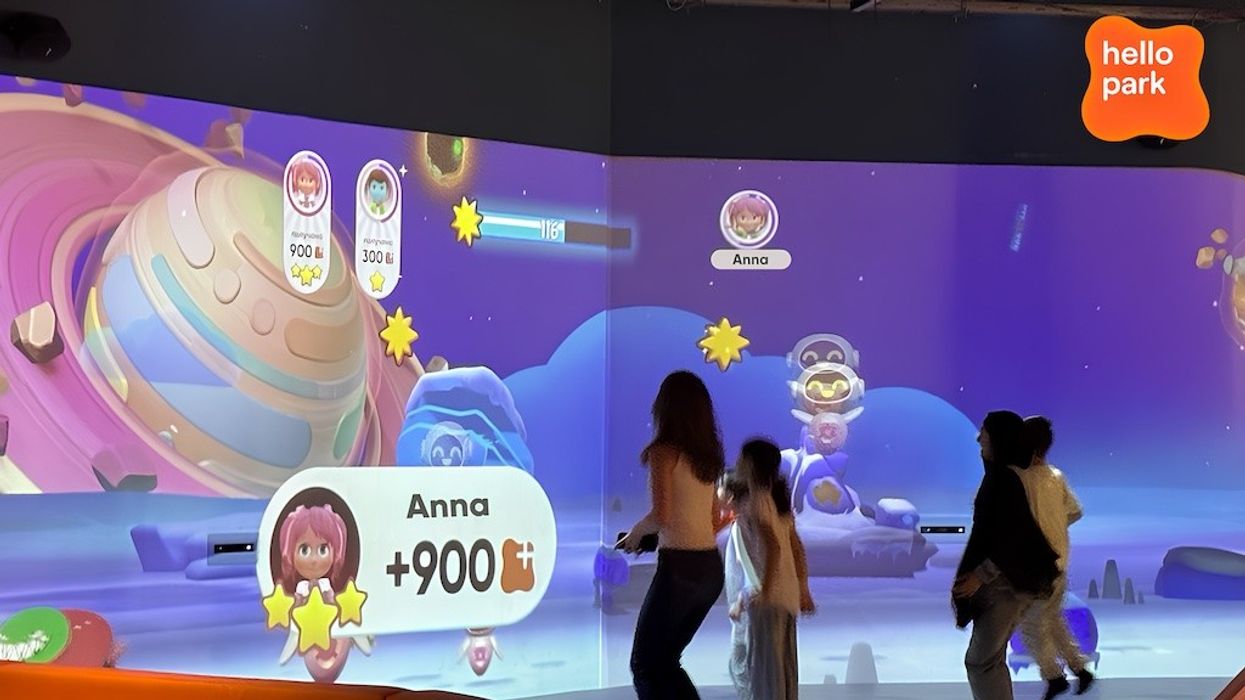





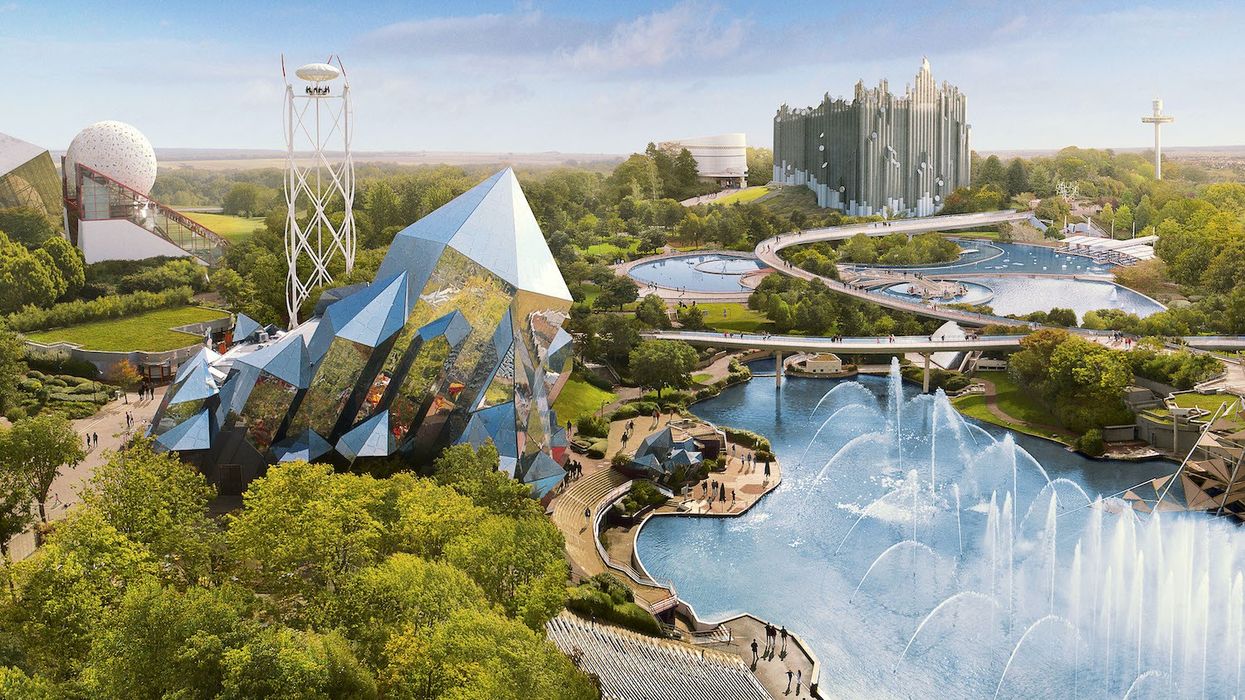


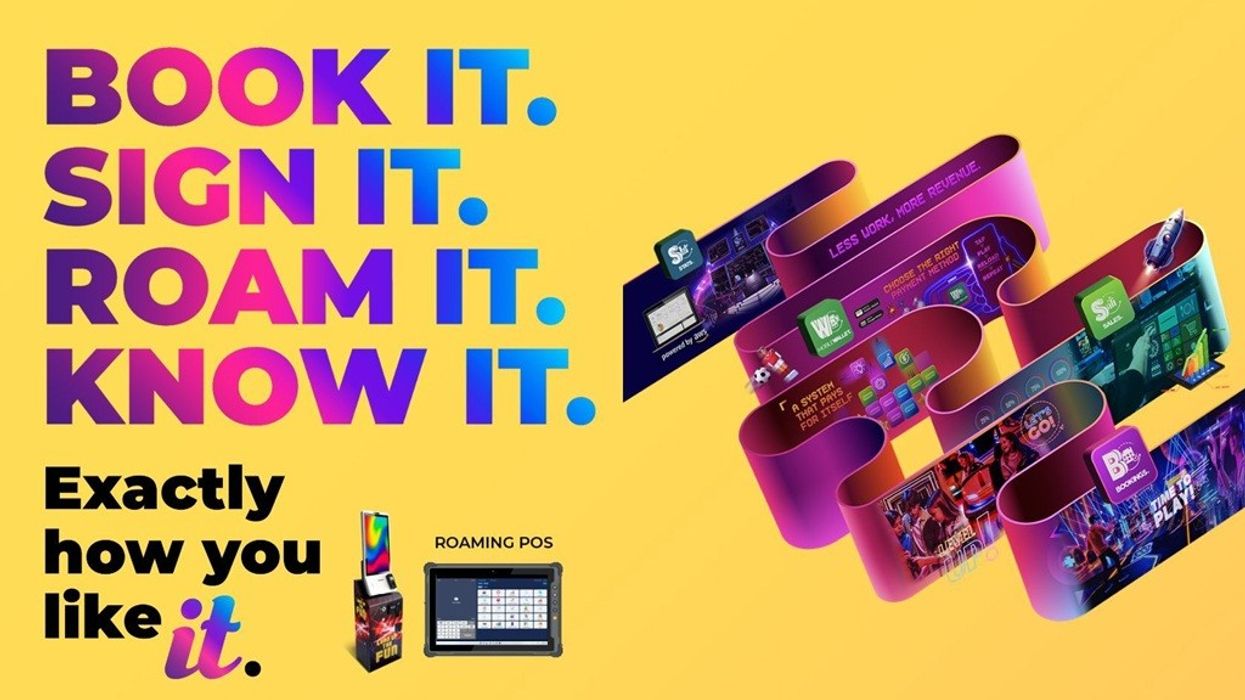

 Jade Craig
Jade Craig